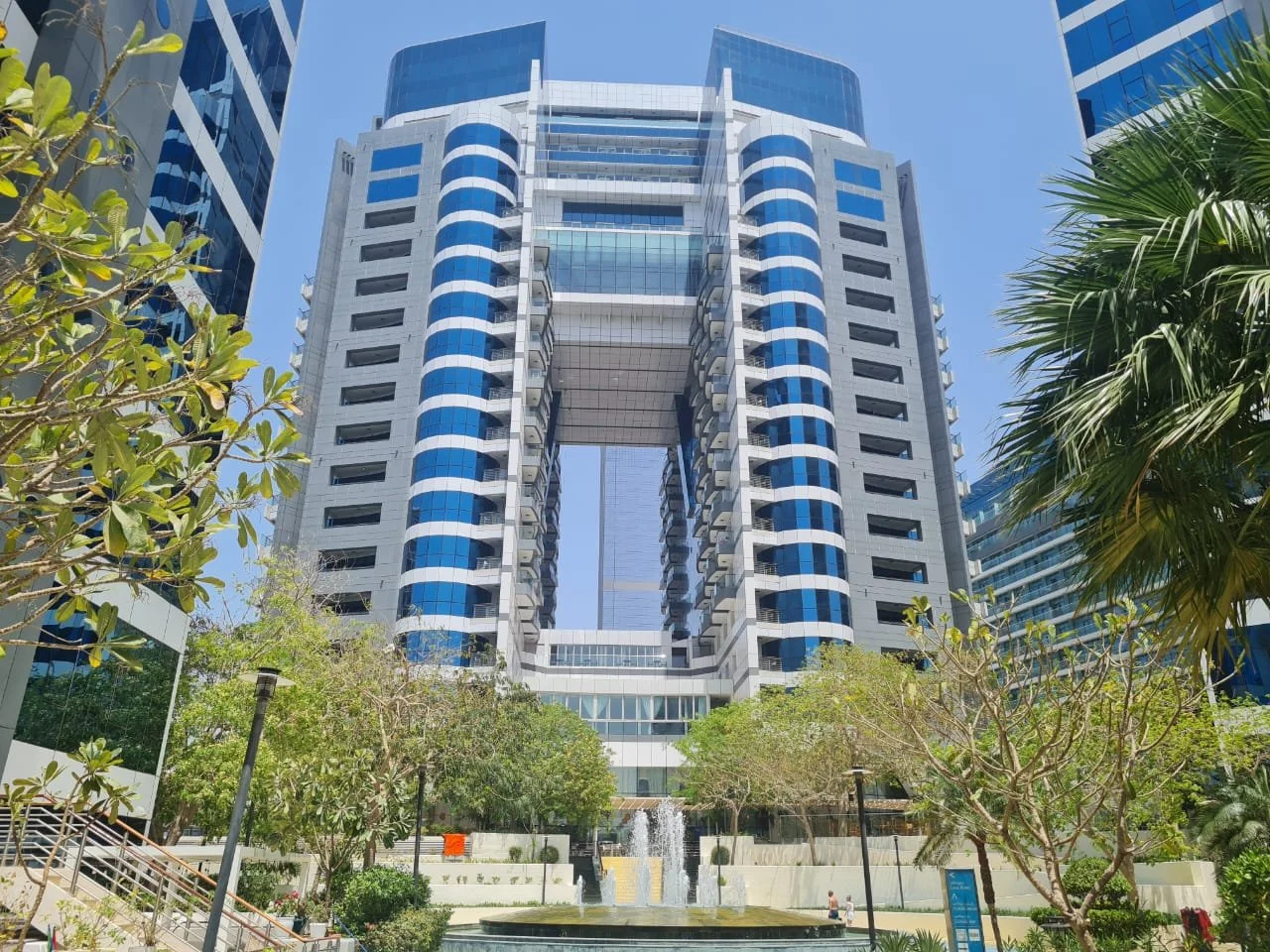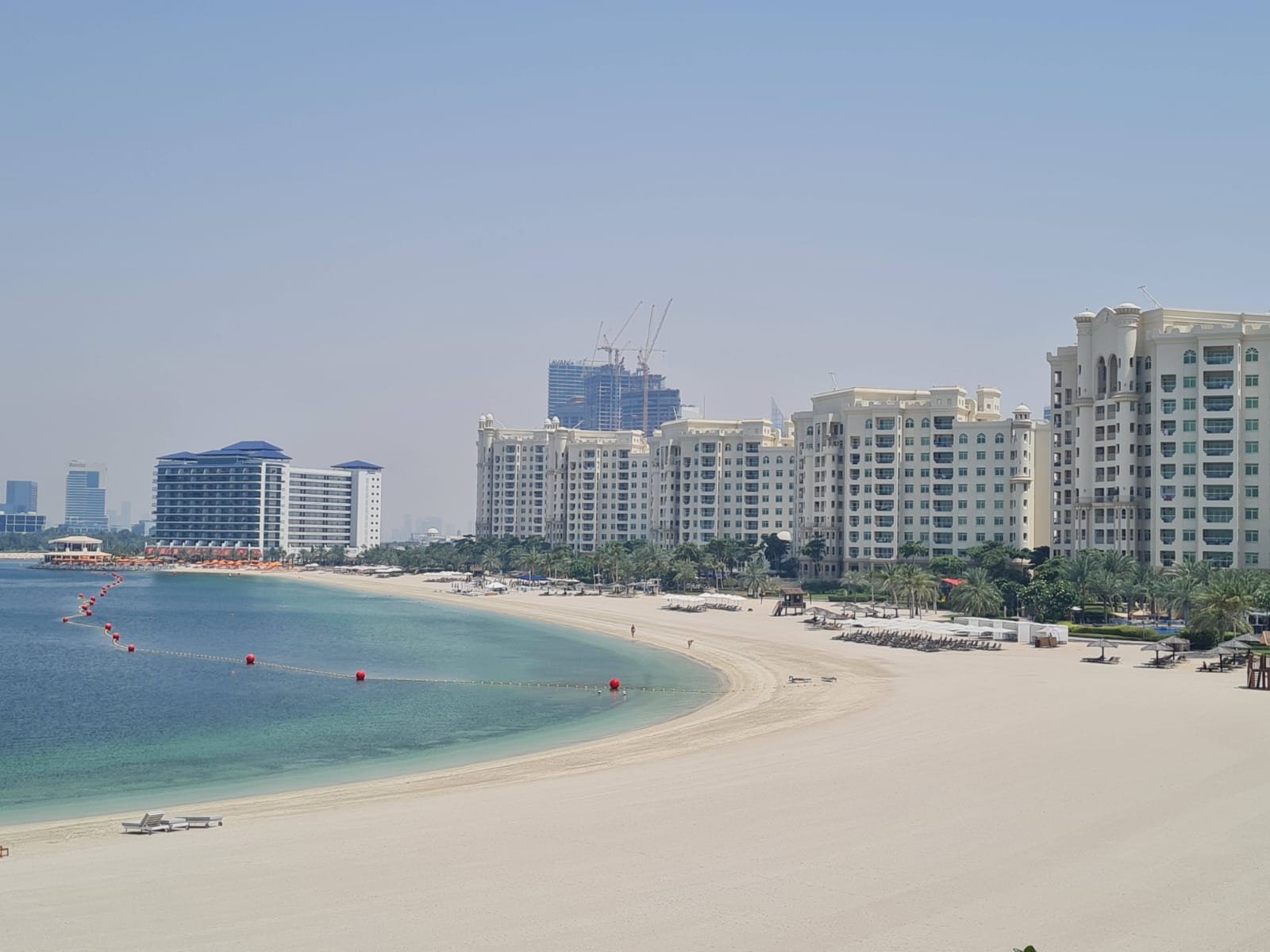The Greens - Sales Market Review 2024
Market Trends and Sold Prices in The Greens, Dubai.
Author Gareth Davies - Award Winning Property Consultant and Broker
In 2024, Greens apartment sale prices (AED/sq.ft) rose by 18% but the second half of the year slowed to 6%. This growth was higher than the 10% achieved during 2023.
The number of sales in 2023 and 2024 decreased significantly compared to 2022. This is probably due to:
(a) The majority of buyers seeking their next home, causing a mismatch between buyers’ desires and the limited availability of vacant apartments for sale.
(b) Sellers’ expectations in 2023 and 2024 increased more quickly than the offers buyers were prepared to pay. The gap widened to 81% which indicates a large number of over-priced apartments advertised online.
(c) During 2022 there were many owners who had been waiting to sell their apartments when an upturn in the market occurred, therefore increasing the supply which fortunately was matched by increased demand and resulted in an upward movement of sold prices.
Year-on-Year Growth in terms of AED per Square Foot. .
Data Source: Property Monitor
The attraction of living in one of Dubai’s most family friendly communities with convenient access to Sheikh Zayed Road and Dubai Metro has encouraged many buyers to purchase their next home at the Greens, often carrying out refurbishment / upgrades.
The market shift from investor buyers to potential owner-occupiers (end-users) means a vacant apartment can attract significantly higher offers than a similar leased apartment.
Decline in Sales Volume in 2024.
Supply Constraints and Market Dynamics: The decrease in annual sales volume since 2022 can be attributed to a shortage of available vacant apartments and a shift in investor interest towards off-plan properties, where developers offered attractive payment plans. This shift diverted some demand away from the secondary market.
Data source: DXB Interact
Demand and Supply:
The lower quantity of vacant apartments caused less choice of suitable homes to satisfy the demand of owner-occupiers and tenants transitioning into homeownership.
The mismatch between what buyers want and what is available likely suppressed transaction volumes despite ongoing demand.
Investor Reallocation:
Investors, once dominant in this segment, shifted to off-plan projects offering flexible payment plans, reducing their activity in Shoreline's secondary market.
Price and Affordability Considerations:
The sustained increase in prices during 2022 may have priced out some buyers in 2023 and 2024 or encouraged a wait-and-see approach.
Overall Five-Year Trend.
The Greens market has evolved significantly:
Initially investor-driven, focusing on rental yields.
Post-2022, influenced by geopolitical factors and a shift towards owner-occupiers, pushing demand and prices higher.
During 2023 and 2024, market activity slowed due to supply shortages and competition from off-plan developments.
The market trends in The Greens apartments can be analyzed more comprehensively, accounting for both macroeconomic factors and changes in buyer behavior:
Key Factors Influencing Market Trends:
Investor-Dominated Market (2020–2021):
During this period, the majority of buyers were investors focused on yield potential. They were indifferent to whether apartments were leased or vacant, adjusting offers based on rental income or market rent potential.
This explains the strong growth in sales volume as investors capitalized on the recovering market post-COVID-19 disruptions.
Impact of the Russia-Ukraine Conflict (2022 Onward):
After February 2022, there was a noticeable shift in buyer demographics.
A surge in demand from Russian and Eastern European buyers who preferred vacant apartments for personal use (owner-occupiers) created significant upward pressure on prices and sales volumes in 2022 and 2023.
This demand likely drove record-high sales volumes during 2023, reflecting a market fueled by both new buyers and appreciation in property values.
Rising Rents and Tenant Purchases (2022–2024):
The sharp increase in rental rates from 2022 onwards incentivized many tenants to transition into homeownership to manage housing costs.
These buyers, also preferring vacant apartments, added further competition and price increases in the resale market, particularly in 2023.
Market Adjustment in 2024:
The decline in sales volume to 567 transactions in 2024 reflects several converging factors:
Supply Constraints: A lack of vacant apartments to meet the preference of owner-occupiers and tenant-buyers.
Shift in Investor Focus: Developers offering attractive off-plan payment plans diverted investor interest away from the resale market, reducing overall transaction activity.
Market Saturation: The rapid growth in prices and demand during the prior years may have temporarily exhausted a portion of the buyer pool.
Sold Prices from 2020 to 2024.
The Greens apartments have seen a dramatic sales price growth since Q1 2020, increasing from AED 790 /sq.ft (AED 8,500 /sq.m) to AED 1,522 /sq.ft (16,376 /sq.m) at the end of 2024.
Data Source: DXB Interact
Source: Property Monitor
The Rate of Growth in Sold Prices.
The sustained increase in prices from 2022 through 2023 may have priced out some buyers or encouraged a wait-and-see approach during 2024.
The decline in the volume of sales in 2023 and 2024 does not undermine the overall growth trend.
Further analysis of market drivers (e.g., pricing, supply, or macroeconomic trends) is essential to determine whether this is a temporary adjustment or the start of a more prolonged slowdown.
Asking Prices and Sold Prices.
During 2024 the gap between the average asking price (AED 2,041 /sq.ft) and the average sold price (AED 1,658) widened to a 81% difference as owners’ expectations increased more quickly than the offers that buyers were prepared to make.
Source: Property Monitor
The increasing difference between average sold prices and average asking (list) prices provides valuable insights into market dynamics within a particular community.
1. Wide Difference (e.g., 85% of asking price):
Interpretation: The properties are selling at a significant discount compared to their listed prices.
Potential Reasons:
Overpricing: Sellers may have initially overestimated the market value of their properties.
Buyers’ Market: There may be an oversupply of properties, giving buyers more leverage to negotiate lower prices.
Market Weakness: Weak demand or unfavorable economic conditions may pressure sellers to reduce prices to close deals.
Distressed Sales: Sellers in financial distress might be willing to accept low offers to secure a quick sale.
Implications:
Suggests a lack of alignment between sellers' expectations and market reality.
Indicates a need for better pricing strategies to reflect true market value.
Buyers might perceive this market as offering opportunities for bargains.
2. Narrow Difference (e.g., 95% of asking price):
Interpretation: Properties are selling close to their listed prices, reflecting a strong correlation between sellers’ expectations and actual market value.
Potential Reasons:
Accurate Pricing: Sellers are listing properties based on realistic, data-driven market valuations.
Balanced Market: There’s a healthy equilibrium between supply and demand, with neither side having a distinct advantage.
Sellers’ Market: High demand or limited inventory might lead to less negotiation and more full-price offers.
Implications:
Suggests a mature and transparent market where pricing expectations are well-aligned with buyer behavior.
Encourages confidence in market stability for both buyers and sellers.
Sellers may have more pricing power, reducing the need to make significant concessions.
Summary.
A wide difference often signals a challenging market or pricing issues and might require sellers to adjust expectations or agents to focus on buyer education.
A narrow difference indicates a more predictable market where transactions happen efficiently, fostering confidence among stakeholders.
Understanding this difference is crucial for advising both buyers and sellers and tailoring marketing strategies effectively.
Concluding Remarks.
The market remains robust with the decrease in sale volumes and slower sold price growth could indicate a normalization of demand following the rapid growth in 2022. This could also reflect cyclical market behavior or external economic pressures affecting buyer sentiment.
If you have questions and enquiries, kindly write to us via the form below or WhatsApp.









